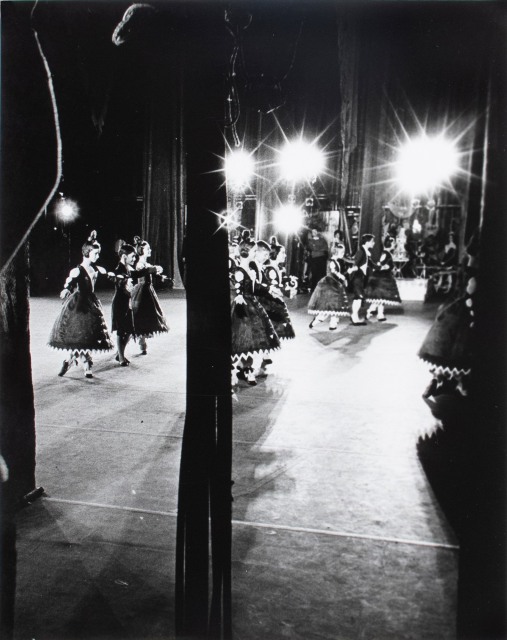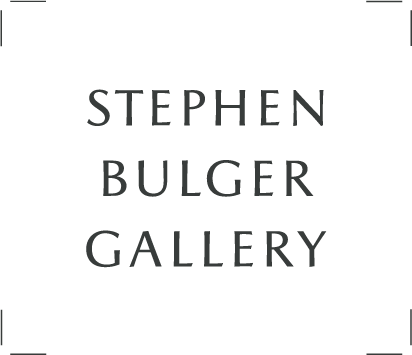(b. 1921, Toronto, ON; d. 2000, Nanaimo, BC)
Peter Varley was a scenic, commercial, and architectural photographer, best remembered for his landscape images and the 1964 publication, Canada. With texts by Kildare Dobbs, the book traces natural nuances across the country, urban scenes, rural life, and the Canadian wilderness. Varley’s photographs illustrate a visual history of mid-20th century Canada and add valuable contributions to the limited history of Canadian photography.
Varley was born in Toronto and raised in western Canada from a young age. British Columbia’s lush natural landscapes and perpetually changing waters informed his early visual culture. As the son of acclaimed Group of Seven painter, Frederick Horsman Varley, he was surrounded by celebrated Canadian artists such as Jock Macdonald and John Vanderpant. His early photographic practice was notably inspired by Vanderpant and many visits to the artist’s studio as a child: it became a “magic land” to him. By 1939, Varley established a darkroom beneath the stairs of his family home in Lynn Valley and began exploring his own photographic practice. At that time, new visual sensibilities in Canadian arts and photography were emerging and Varley was a young protégé among artists at an influential moment.
Varley enlisted in the Royal Canadian Air Force and served as a radio operator during WWII. After his service, he enrolled in the Vancouver School of Art majoring in painting, but eventually continued exploring his creative inclination towards lens-based work. At VSA, Varley met and became close friends with Canadian architect Ron Thom. Soon after graduating in 1950, he specialized in architectural photography, eventually becoming Thom’s photographer of choice for Massey College and Trent University.
In 1952, Varley became art director at Canadian Homes and Gardens. Throughout the 1950s and into the 1960s, he supplemented his income from CHG with photo essays for The Star Weekly Magazine, Weekend, Maclean’s, Chatelaine, and Canadian Magazine. From 1960-1962, he traveled across the country photographing for Canada and from 1962-1969, he partnered in the studio called Camera Three, where he exceled in food photography. Varley’s other commercial pursuits included those taken for the Canada’s National Ballet School, published in To Be a Dancer, his 1971 book that illustrates the development of intimate relationships with his subjects through close and continual observation.
His output was more sporadic through the 1970s but contributed to publications such as This Land, This People, as well as two travelling slide productions the National Film Board of Canada, and a survey of his colour nature photography organized by the Art Gallery of Greater Victoria.
Little is known about Varley, but a great deal can be learned from an essay he wrote, “Memories of My Father” published in Varley, the 1983 monograph on his famous father. Varley recounts a family life that was, at times, impoverished and tumultuous. He candidly shares details of his upbringing in different Canadian cities, citing how his father’s precarious successes affected his early sense of security and family life. The written homage to his father’s career and legacy offer insights into influences evident throughout his own photographic oeuvres.
Varley writes, “After years of painting broad landscapes, dad became lovingly aware of the smallest detail of life… he found a visual language that suited his needs.” Interestingly, among photographs of forest covered mountains, vast prairies, and quiet coastal towns, Varley explores texture, colour, and form in his own close-up observations of unique vegetation. His archive of gelatin silver prints and colour slides declare a passion towards land itself, representing the tangible forces of nature to shape our world.
His photographic works are currently in The Feckless Collection (Vancouver, BC), National Gallery of Canada (Ottawa, ON), and Trent University Collections (Peterborough, ON).

